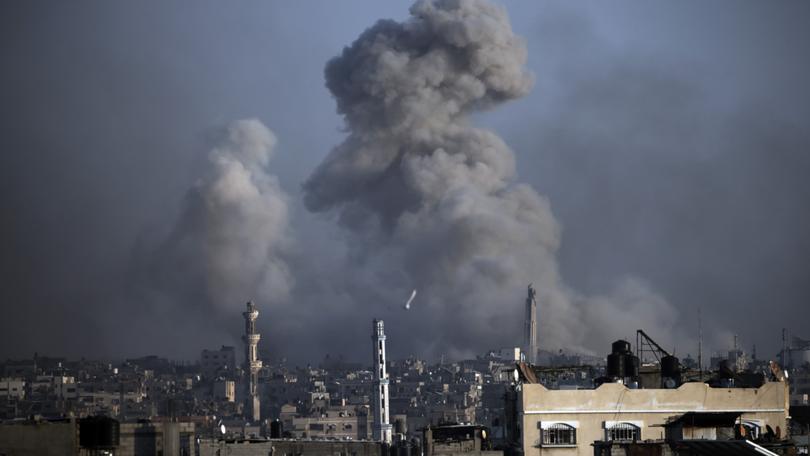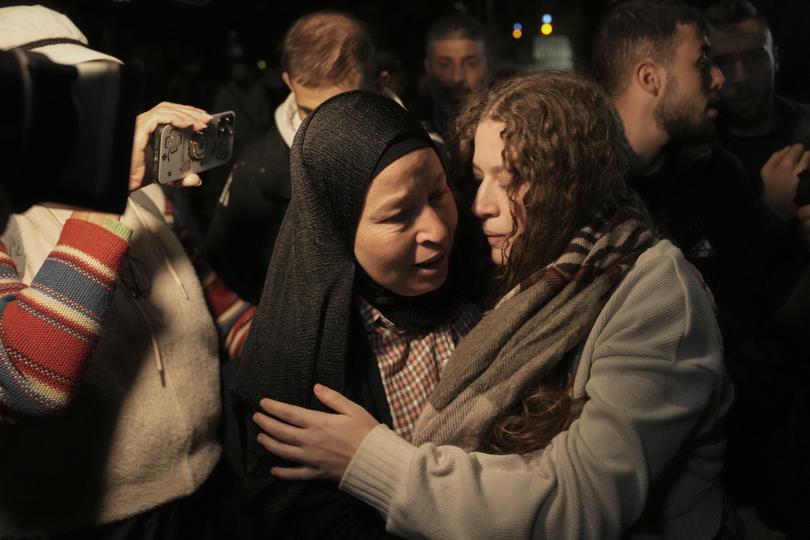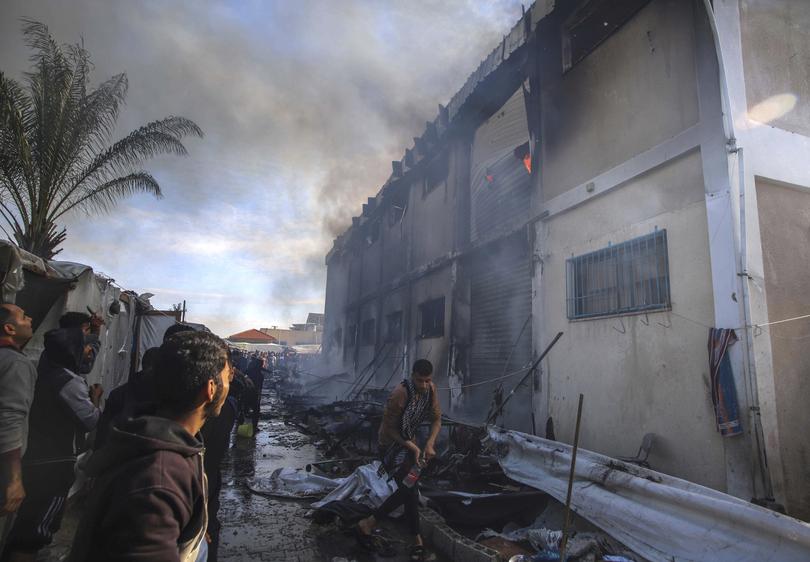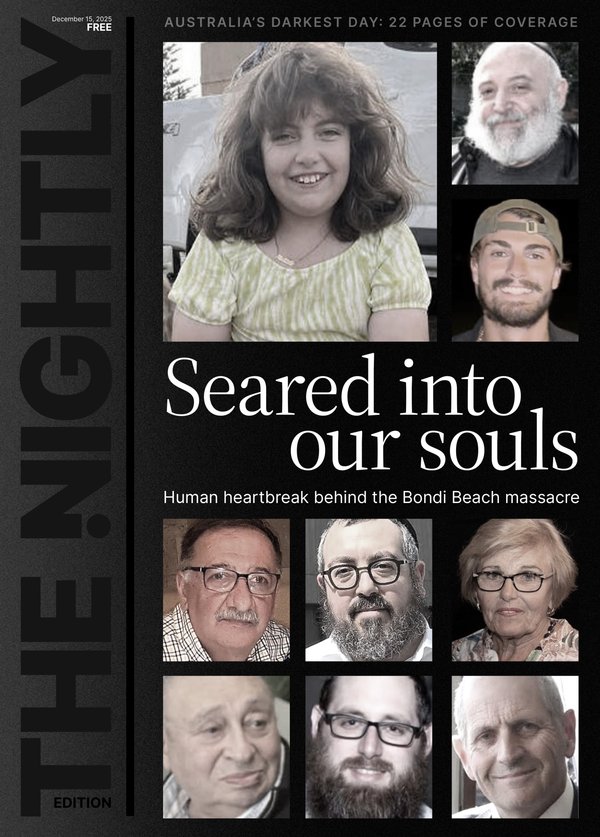The Economist: A brutal battle for southern Gaza beckons once the truce ends

They were rare moments of peace after weeks of agony. Dozens of Israelis, held in captivity for seven weeks, have been reunited with their families over the past few days. A brief halt in the Gaza war has allowed Palestinians to emerge from their shelters and search for food and fuel, for missing relatives, and for what remains of their homes.
Yet these moments were bittersweet: most of the hostages have not been freed, and most of the Palestinians who returned home found only rubble. They will also be short-lived. The truce is set to end on November 28th, after four days of quiet meant to facilitate the exchange of 50 Israeli hostages held in Gaza for 150 Palestinian prisoners in Israeli jails. It could last a few more days—but it will end, and the fighting that comes next could be worse than what came before.
Israel’s cabinet approved the hostage deal on November 22nd after hours of debate and weeks of indirect negotiations with Hamas. The first day went according to plan. Both sides stopped fighting on the morning of November 24th. That afternoon Hamas released 13 Israeli hostages, ranging in age from a two-year-old girl to an 85-year-old woman, and another 11 foreigners from Thailand and the Philippines. Israel freed 39 Palestinian prisoners from its jails, also women and children.
Sign up to The Nightly's newsletters.
Get the first look at the digital newspaper, curated daily stories and breaking headlines delivered to your inbox.
By continuing you agree to our Terms and Privacy Policy.If the first day was smooth, though, the second was anything but. Hamas delayed the hostage release by hours, claiming that Israel had failed to honour its end of the bargain. Israel was meant to permit 200 trucks of humanitarian aid a day to enter Gaza each day during the truce. Only 137 made it through on the first day: there are long security checks at the border, which is not set up to handle a large volume of aid. But after mediation by Qatar, which helped broker the deal, the exchange went ahead.

The truce could be extended. After the four-day agreement is up, each ten hostages freed by Hamas will buy another 24 hours of calm. Egyptian officials say they have received “positive signals” that might happen, though neither Israel nor Hamas has confirmed anything.
Hamas would have obvious interests in doing so. A longer truce would give the group’s military commanders time to regroup and prepare, both to attack Israeli troops stationed in the northern part of Gaza and to defend the south, where the Israeli army has yet to make a large incursion. It would also lead to more pressure on Israel not to resume fighting. Families of the hostages would like to see the deal extended. So would America’s president, Joe Biden, who says his goal is to “keep this pause going beyond tomorrow”.
At some point, though, Hamas will run out of hostages it is willing to release in this round of negotiations. It will probably keep both soldiers and Israeli men captive, in the unlikely hope of striking a bigger deal that includes a permanent ceasefire and the release of many more Palestinian prisoners.
When the truce comes to its inevitable end, Israel will resume its fight against Hamas. Speaking from Gaza on November 26th Binyamin Netanyahu, Israel’s prime minister, said: “We have three goals for this war: eliminating Hamas, returning all our hostages, and ensuring that Gaza does not become a threat to the State of Israel again,” adding, “we will continue until the end, until victory. Nothing will stop us.”
In the next round of fighting Israeli troops will continue to scour the rubble of northern Gaza for tunnel entrances, rocket launchers and other military assets. They have yet to enter a few parts of the region, including Shujaiya, to the east of Gaza city. They will also begin turning their attention elsewhere. Officials are coy about how they might proceed in the south. They cannot easily send armoured units to dominate the area, as they did in the north, because it is so densely packed with civilians displaced from the north.
Instead they might seek to do it piecemeal: pushing into one area at a time, probably starting with the central city of Khan Younis, and trying to force Gazans into a designated “humanitarian zone” near the coast. This is fraught with danger, though. Civilians would have to choose between huddling on a desolate strip of beach and hiding in their homes or makeshift shelters; both could have appalling results. Fighting in densely packed areas without heavy armour will also be more dangerous for Israeli troops.

It is hard to assess Hamas’s strength—most of its fighters are thought to be holed up in tunnels—but Israeli officers say that close to half of its units have suffered serious losses. On November 26th Hamas confirmed that Ahmed al-Ghandour, the head of its northern brigade, had been killed earlier in the war. A member of the group’s military council, and the head of one of its five regional commands, he is one of the highest-ranking militants known to have died since October 7th. There are reports of grumbling in the ranks, especially those deployed to the devastated north, where other Hamas commanders have been killed and conditions are grim. Still, Hamas is hardly close to surrender, and it will undoubtedly fight harder in the south, making what could be a last stand.
All of this makes America nervous. Mr Biden has yet to call for a ceasefire, but his team is worried about Israel’s plan for a major offensive in the south. “I’ve encouraged the prime minister to focus on trying to reduce the number of casualties while he is attempting to eliminate Hamas, which is a legitimate objective he has,” he said on the first day of the truce. “That’s a difficult task, and I don’t know how long it will take.”
America would like Israel to hold off on its southern campaign—especially since Mr Netanyahu has no plan for what happens in Gaza after the war. It may urge Israel to continue its offensive in the north and keep the south sealed off, for now, with an expanded flow of humanitarian aid via Egypt. Antony Blinken, the secretary of state, may visit the region again this week. So too will Emmanuel Macron, the French president, who has called for a lasting ceasefire.
If America presses Israel to hold back, it could spare Gaza’s 2.2m people another round of fighting and displacement. But it would also leave them stuck in a crammed, desperate enclave even smaller than the one they lived in before, under a partially disintegrating Hamas regime: it is hard to know which outcome is more depressing.
